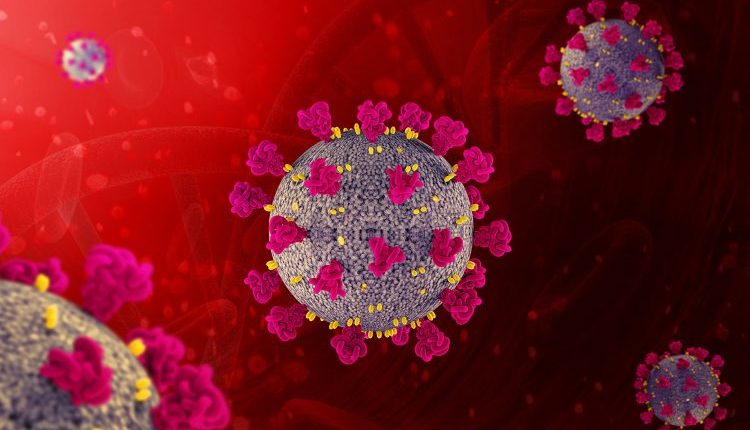The COVID-19 pandemic has completely taken over the world now. Even as the countries put measures in place, going as severe as locking down an entire city in some places, the virus continues to spread at will. The number of cases across the world has hit almost 180,000, with thousands of fatalities reported as well.
Although the virus is similar to the common flu in nature, what makes it frightening is the lack of any sort of outright cure at this moment. Isolation and quarantine of people who have contracted the virus are the only available options as of now. But the scenario may soon swing into humanity’s favor as a group of researchers from the University of Melbourne’s Peter Doherty Institute for Infection and Immunity have successfully mapped a human body’s response to COVID-19, a breakthrough that could turn into a cornerstone in the fight against the deadly virus.
Understanding how an enemy works is the first step towards defeating it after all.
The researchers tested blood samples from an otherwise healthy female COVID-19 patient in her 40s, with mild symptoms, at four different time points. The study, published in Nature Communications, reveals that the patient’s immune system responded to the virus similar to how it would with influenza, with a broad range of cells implicated in recovery – something they say could pave the way for the development of a robust response to stop the virus.
Katherine Kedzierska, the laboratory head from the Peter Doherty Institute for Infection and Immunity said to AFP, “We saw a really robust immune response that preceded clinical recovery.”
“We noted an immune response but she was visually still unwell, and three days later the patient recovered,” she added.
Dr. H. O. Nguyen, one of the authors of the paper and a research fellow at the Doherty Institute, added, “We looked at the whole breadth of the immune response in this patient using the knowledge we have built over many years of looking at immune responses in patients hospitalized with influenza.”
“Three days after the patient was admitted, we saw large populations of several immune cells, which are often a tell-tale sign of recovery during seasonal influenza infection, so we predicted that the patient would recover in three days, which is what happened. This is an incredible step forward in understanding what drives the recovery of COVID-19. People can use our methods to understand the immune responses in larger COVID-19 cohorts and also understand what’s lacking in those who have fatal outcomes. We hope to now expand our work nationally and internationally to understand why some people die from COVID-19 and build further knowledge to assist in the rapid response of COVID-19 and future emerging viruses,” he added.
Kedzierska says the findings had two practical applications.
Firstly, it provides a solid foundation to develop a vaccine because the basic goal in the development of a vaccination is to replicate the body’s natural immune response to viruses. The team was able to identify four distinct immune-cell populations in the COVID-19 patient’s blood as she underwent recovery.
Kedzierska added that these were “very similar to what we see in patients with influenza”.
The second broad application is screening. Kedzierska says their observations could also help health authorities make better and accurate predictions in future disease outbreaks about who is most at risk. These immune system “markers” could, in theory, predict with greater accuracy which patients are likely to have mild symptoms and which are at risk of dying.
The disease has been generally hard-hitting on people of older age-groups, having co-morbidities like heart diseases or diabetes. Children, on the other hand, appear to show few or no symptoms, with almost negligible contraction as well as mortality rate. Kedzierska said more research was needed to work out why, although the immune system does naturally slow down with age.
While the study isn’t extensive and detailed, it provides a platform for further work as scientists scramble to develop vaccines for the deadly virus. Earlier, first human clinical trials for a COVID-19 vaccine, the mRNA-1273, began in the US, jointly undertaken by the National Institutes of Health and a fairly young pharmaceutical company Moderna.





